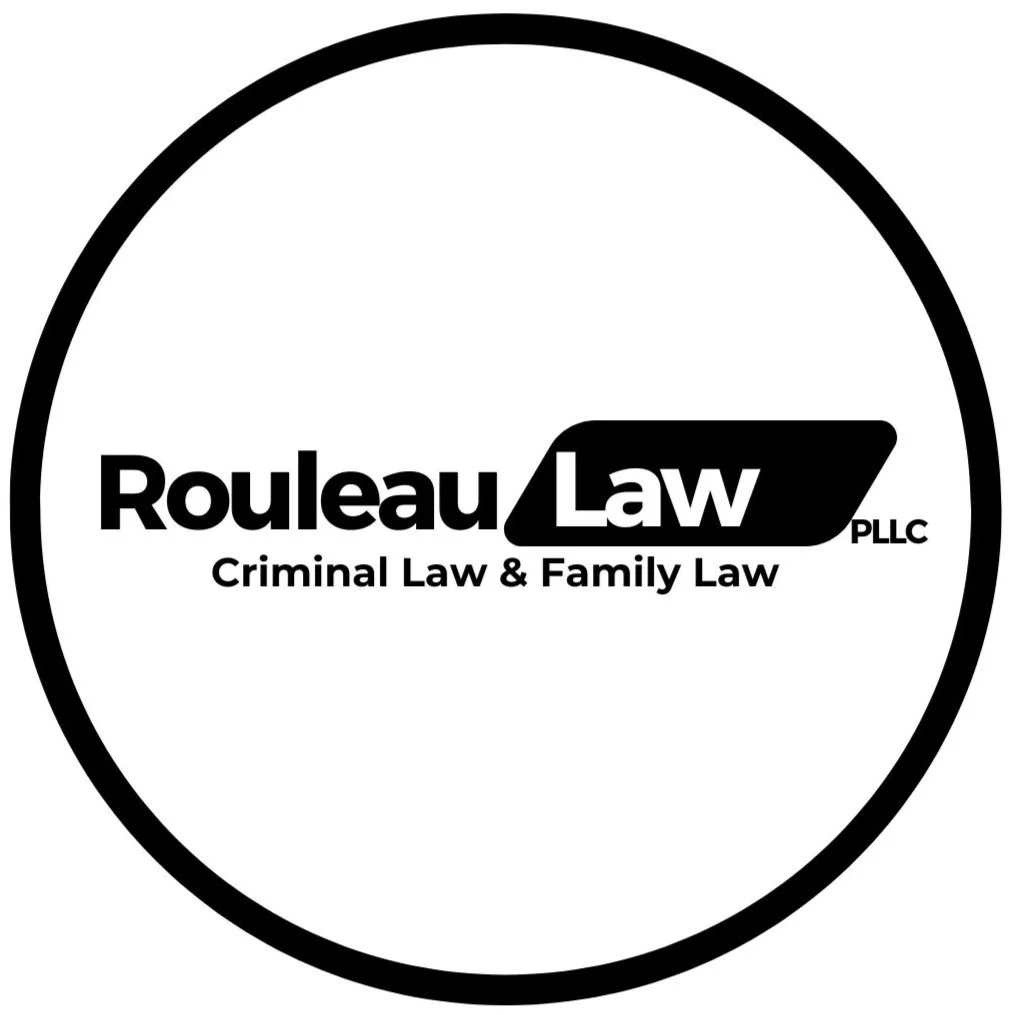Navigating the Complexities of Schedule I and II Narcotics in Virginia
Virginia law takes a firm stance on the possession, distribution, and manufacturing of controlled substances. Within this legal framework, Schedule I and Schedule II narcotics represent the most tightly regulated categories, carrying significant legal ramifications for those involved. Understanding the nuances of how Virginia law treats these substances is crucial, especially if prescribed controlled substance or if you are facing criminal charges stemming from possession of these substances.
Schedule I: The Most Restricted Category
Virginia, mirroring federal law, defines Schedule I narcotics as substances that meet a stringent two-pronged test:
High potential for abuse: These drugs are deemed to have a significant likelihood of leading to dependence and misuse.
No currently accepted medical use in the United States: This is a key differentiator. Even if a substance has potential therapeutic benefits, if it lacks official medical recognition and approval in the US, it can fall under Schedule I.
Under Virginia Code § 54.1-3446, Schedule I substances include, but are not limited to:
Heroin: This highly addictive opioid carries severe penalties under Virginia law.
Lysergic acid diethylamide (LSD): A potent hallucinogen with no recognized medical application.
Marijuana (Cannabis) - Federally: While Virginia has made significant strides in decriminalizing and legalizing cannabis for adult use, it's important to remember that federally it remains a Schedule I substance. This creates a complex interplay between state and federal law. This is particularly important to remember when applying to purchase a firearm.
3,4-methylenedioxymethamphetamine (MDMA or "Ecstasy"): Despite some research into its therapeutic potential, MDMA currently lacks widespread medical acceptance.
Various synthetic cannabinoids and opioids: These are often created to mimic the effects of other controlled substances and frequently fall under Schedule I due to their high abuse potential and lack of approved medical use.
Legal Ramifications for Schedule I Offenses in Virginia:
Virginia law imposes harsh penalties for offenses involving Schedule I narcotics. Possession alone can lead to felony charges, with potential prison sentences and significant fines. Distribution, manufacturing, or possession with intent to distribute these substances carry even more severe consequences, often involving lengthy mandatory minimum sentences for repeat offenders.
Schedule II: High Abuse Potential with Some Medical Use
Schedule II narcotics, as defined under Virginia Code § 54.1-3448, are recognized as having a high potential for abuse, which may lead to severe psychological or physical dependence. However, unlike Schedule I substances, these drugs do have a currently accepted medical use in treatment in the United States, or a currently accepted medical use with severe restrictions.
Common examples of Schedule II narcotics under Virginia law include:
Opioid painkillers: This category includes drugs like oxycodone (OxyContin, Percocet), hydrocodone (Vicodin), fentanyl, and morphine. While crucial for pain management, their high abuse potential necessitates strict regulation.
Stimulants: Certain powerful stimulants used to treat conditions like ADHD and narcolepsy fall under Schedule II. Examples include amphetamine (Adderall), methylphenidate (Ritalin), and methamphetamine.
Cocaine: Although lacking widespread medical use, cocaine is included in Schedule II due to its historical medical applications and high potential for abuse and dependence.
Legal Consequences for Schedule II Offenses in Virginia:
Offenses involving Schedule II narcotics in Virginia also carry significant legal weight, treated similarly to Schedule I controlled substances. Possession of these substances without a valid prescription is a felony criminal offense. Distribution, manufacturing, or possession with intent to distribute Schedule II narcotics result in serious felony charges with substantial prison sentences and fines.
Key Considerations under Virginia Law:
Quantity Matters: The amount of the Schedule I or II narcotic involved in an offense significantly impacts the severity of the charges and potential penalties under Virginia law. Larger quantities often trigger charges of intent to distribute or drug trafficking, leading to harsher punishments.
Intent: Proving intent to distribute is a crucial element in more serious drug offenses. Virginia courts will consider factors such as the quantity of the drug, how it was packaged, the presence of scales or other paraphernalia, and witness testimony to determine intent.
Prescription Defense: For Schedule II narcotics, a valid prescription from a licensed medical professional is a legal defense to possession charges. However, possessing more than prescribed or obtaining prescriptions fraudulently can still lead to criminal charges.
Drug Schedules are Dynamic: It's important to note that the scheduling of substances can change based on new scientific findings and evolving public health concerns. Therefore, staying informed about the current Virginia drug schedules is essential.
Seeking Legal Counsel:
Given the serious legal ramifications associated with Schedule I and Schedule II narcotics in Virginia, anyone facing charges related to these substances should seek legal counsel immediately. An experienced Virginia criminal defense attorney can explain your rights, analyze the specifics of your case, and develop a strategic defense to protect your interests. Don’t hesitate to contact Rouleau Law to schedule a consultation about your case.
Disclaimer: This blog post provides general information about Schedule I and Schedule II narcotics under Virginia law and should not be considered legal advice. Laws are subject to change, and the specifics of your situation may require consultation with a qualified attorney.
